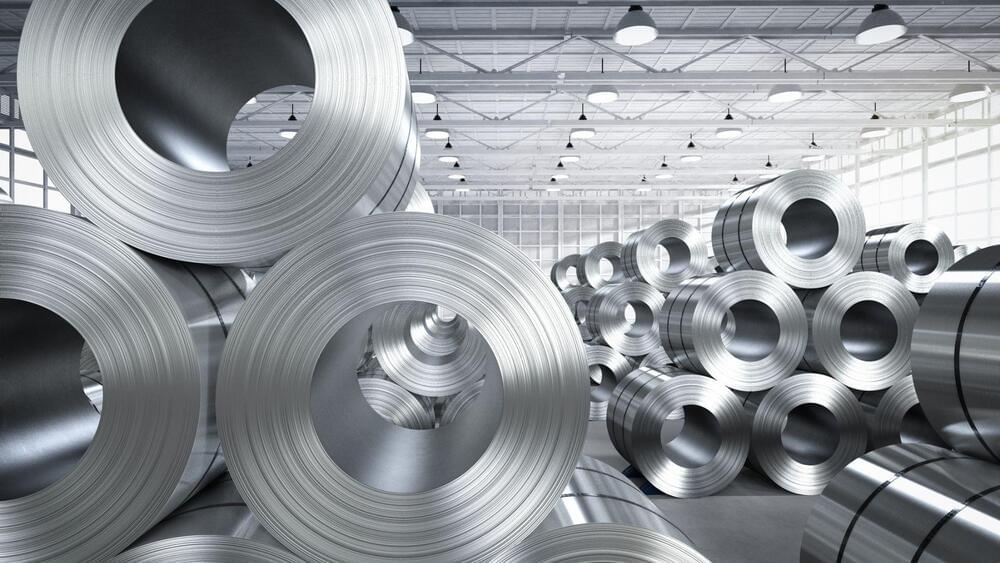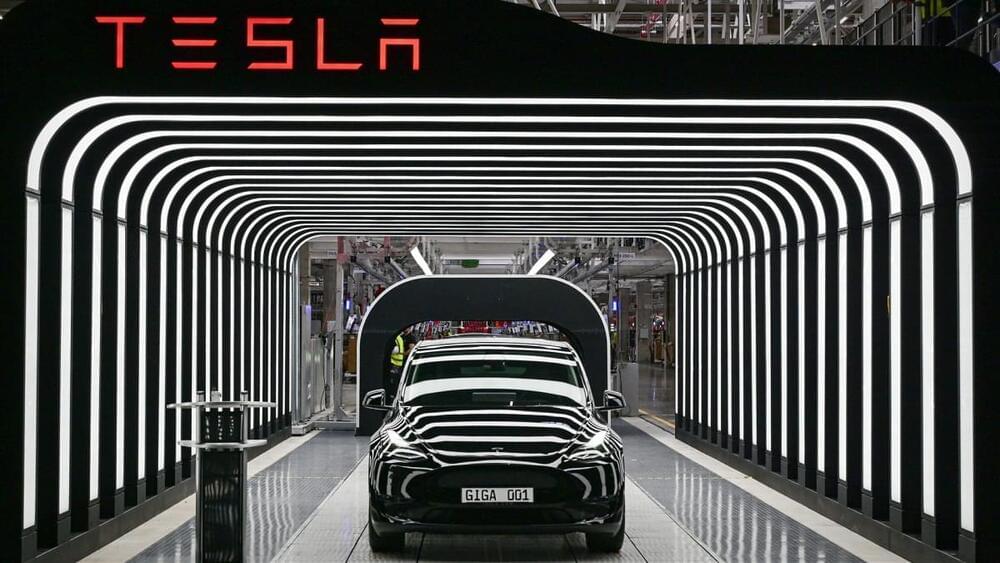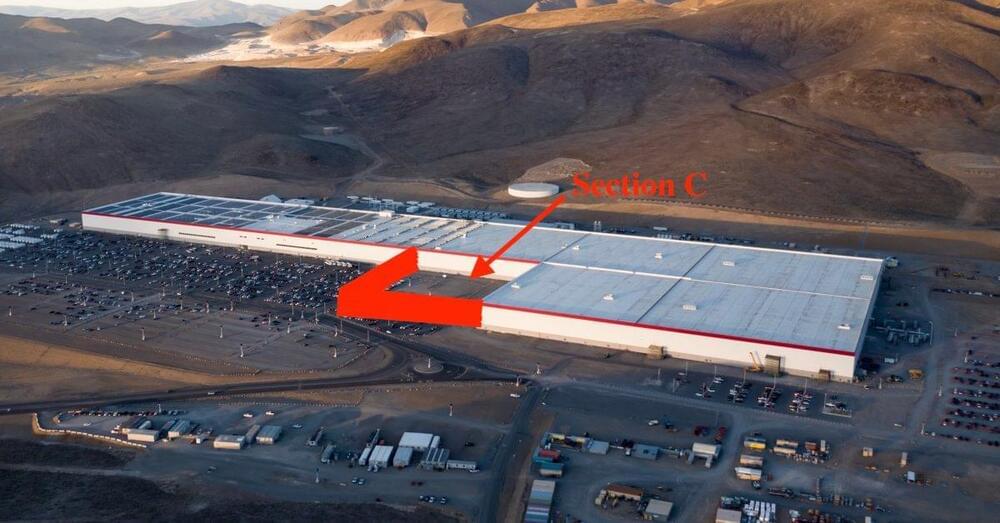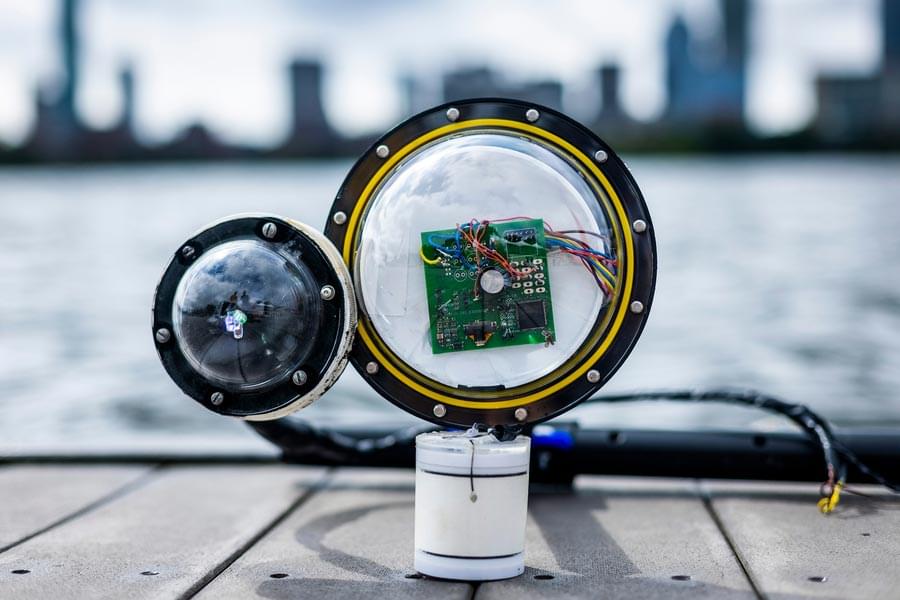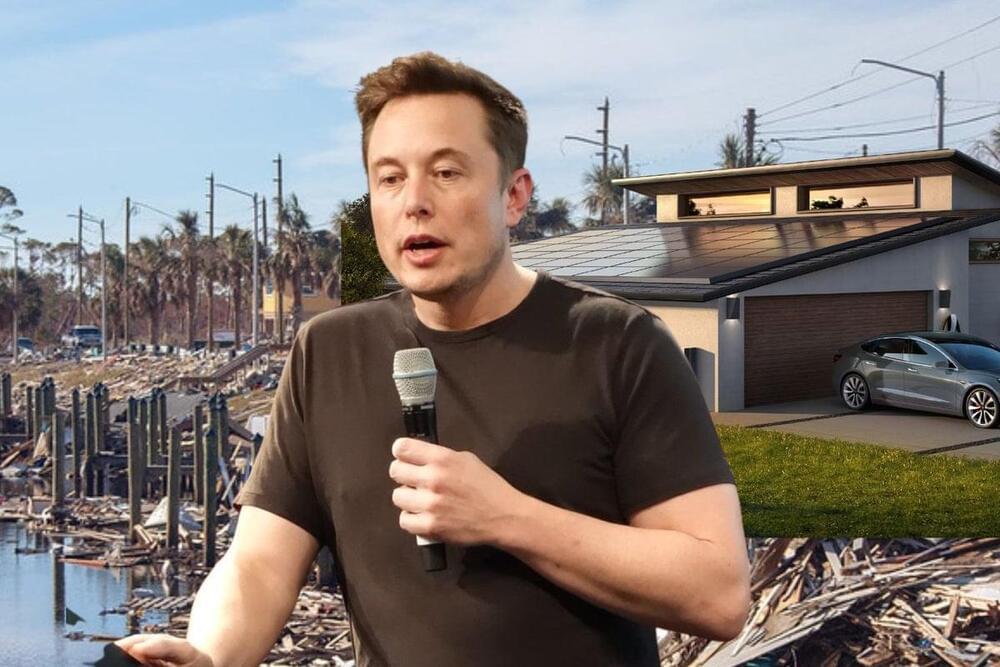Portland General Electric (PGE), a public utility, has partnered with NextEra Energy Resources to create a 350 megawatt (MW) clean energy project that combines wind, solar, and battery storage. Wheatridge Renewable Energy Facility, located at the northern edge of Oregon, has the capacity to serve 100,000 homes.
Although great progress is being made with scaling up renewables, intermittency remains a significant issue – since wind does not always blow, and the Sun does not always shine. Falling costs and improvements in technology mean that batteries are increasingly a realistic option for utilities, but we are still a long way from such systems being able to fully handle the demands of national electrical grids.
The newly operational Wheatfield facility is among the most notable advances in battery storage to date in the U.S. It consists of 120 turbines (a mix of 2.3 MW and 2.5 MW machines) generating 300 MW, alongside a 50 MW photovoltaic solar array, for a total of 350 MW. An accompanying battery storage facility is charged using power from the grid and provides 30 MW of continuous power for four hours, i.e. 120 megawatt-hours (MWh). When combined, this is enough to supply nearly 60% of the power generated by the Boardman Coal Plant, which became the last coal-fired plant in Oregon before its demolition a few weeks ago.




